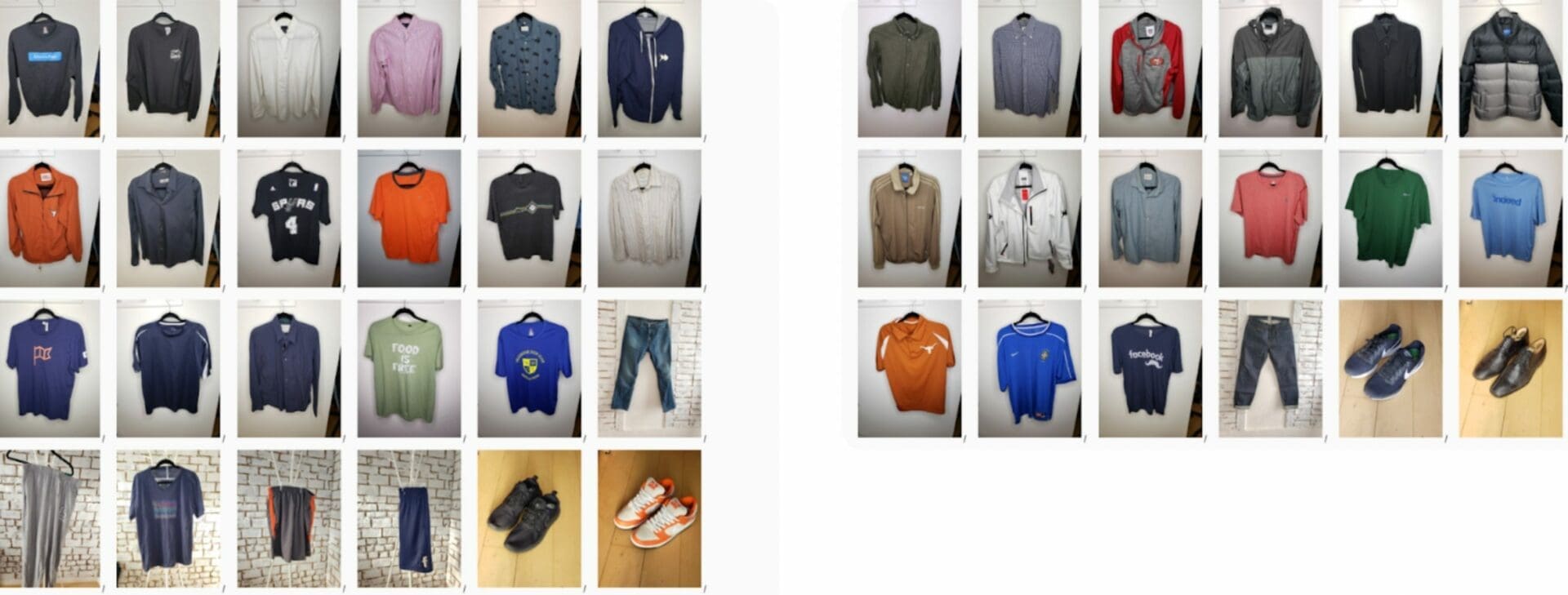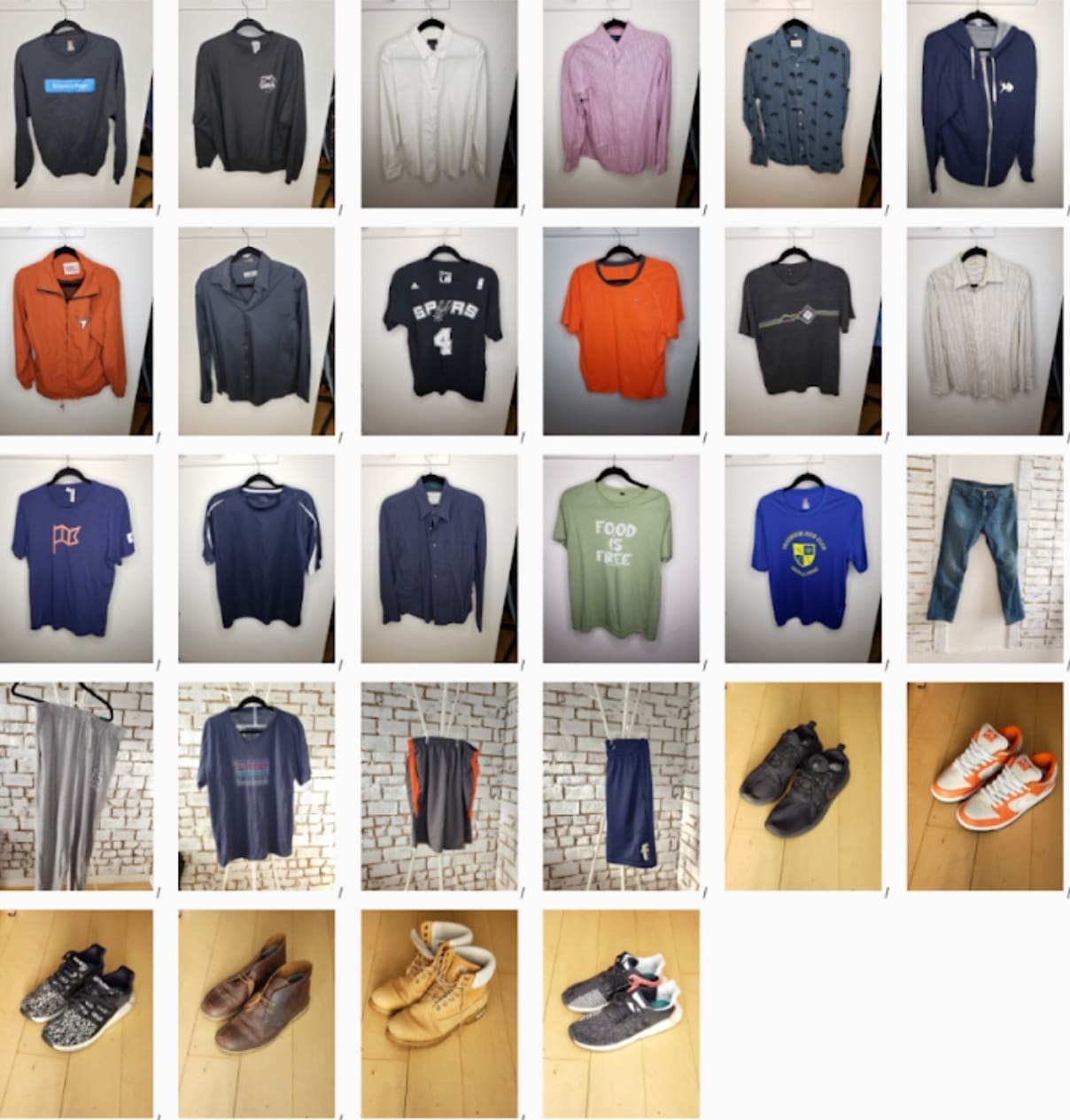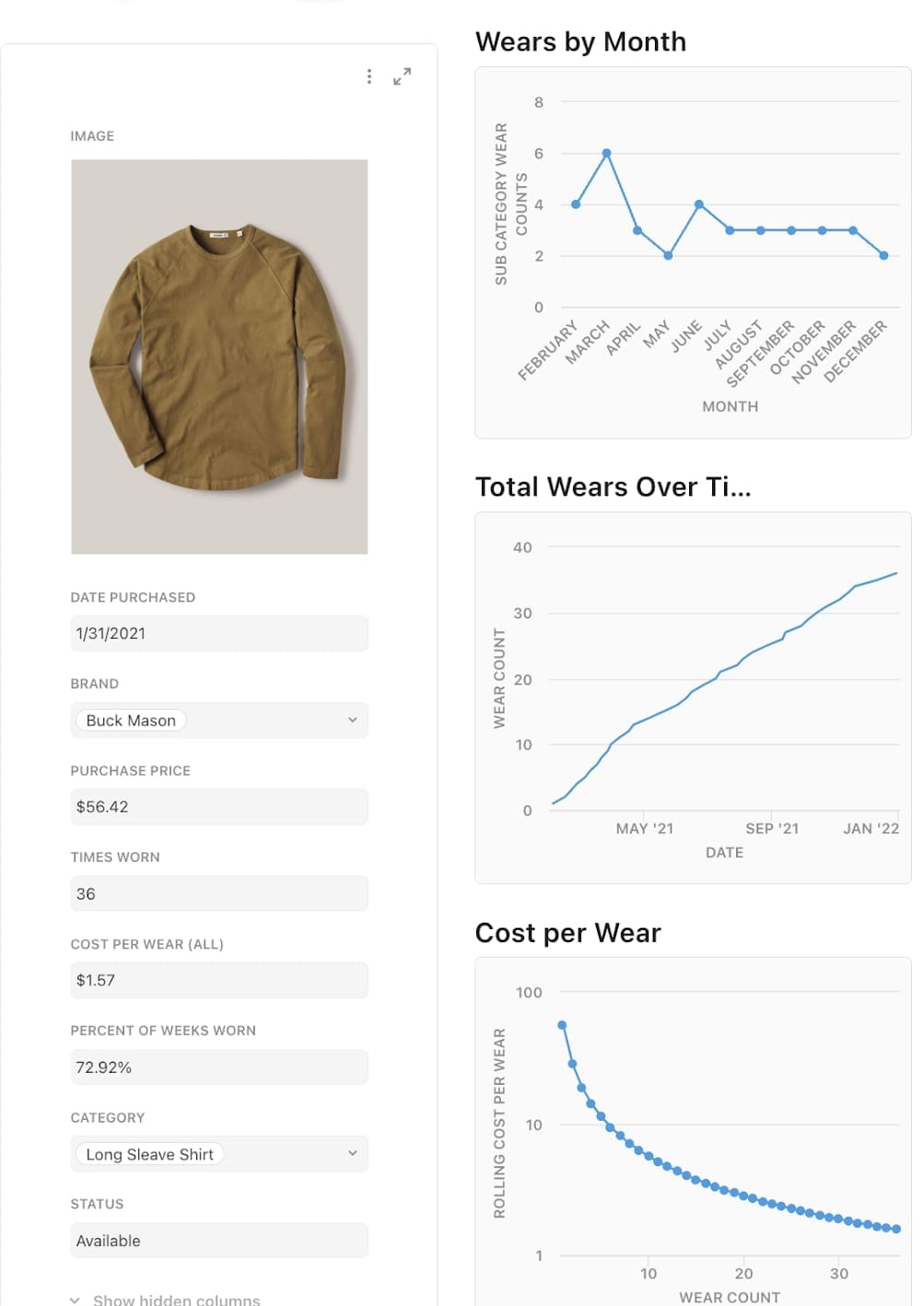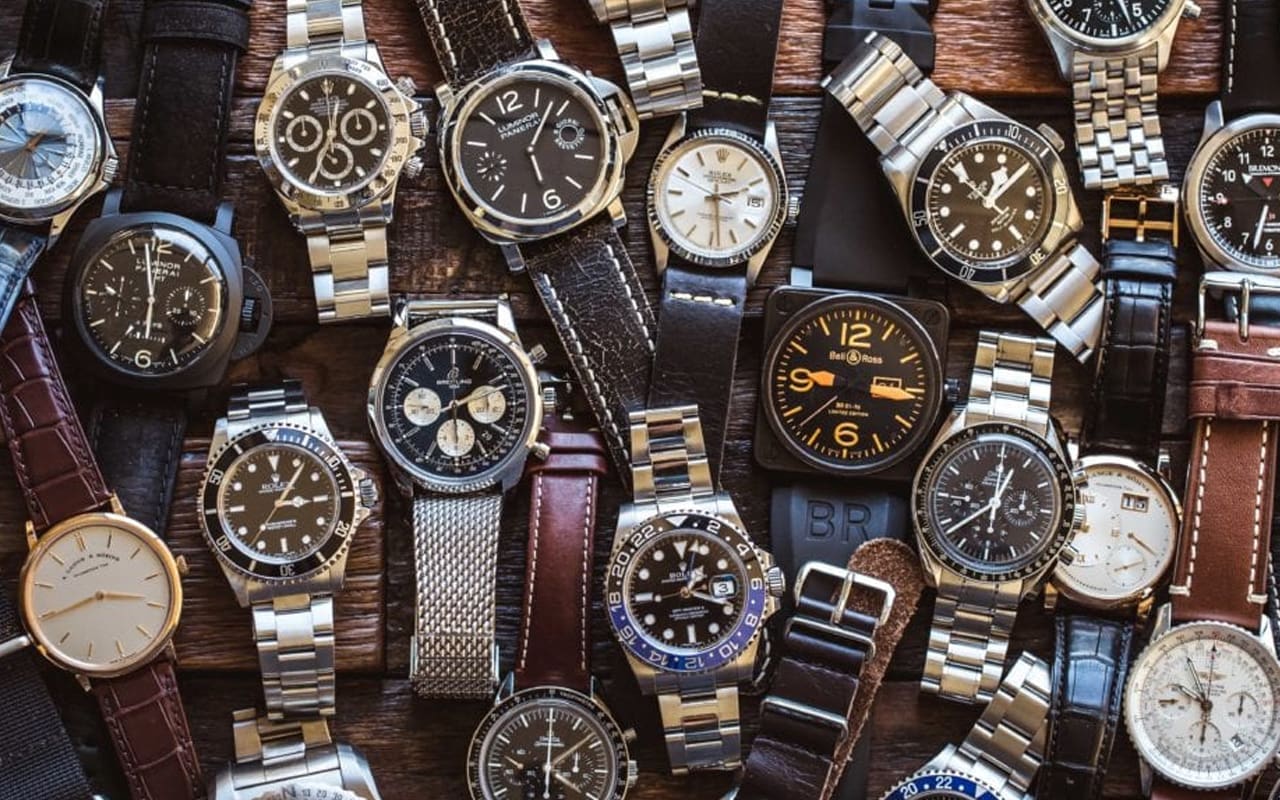This data analyst microchipped his wardrobe to track cost per wear. What he found could change how you buy watches forever
Luke Benedictus“If it’s not measurable then it’s not manageable.” It’s a saying beloved of accountants, number crunchers and other po-faced types, often looking to protect you from your, let’s face it, hare-brained ideas based on some purported “gut feel”. But this would seem to be the personal manifesto of Andre Nader. The data analyst is a pathologically frugal person and a devotee of the FIRE movement, an acronym for “Financial Independence, Retire Early”, a large online community of young people hell-bent on using extreme life hacks to enable themselves to quit working as soon as possible (their target is often a pot of money worth 25 times their annual spending – not salary.) As part of his efforts to minimise unnecessary spending, Nader decided to track the cost per wear of all his clothes for an entire year by sewing NFC tags – the chip technology built into credit cards that allows for touchless payments – into every single item of clothing he wore.
Explaining why he decided to track his clothing, Nader explains in this Substack post: “For some reason it really bothered me not knowing how many times I have used a specific shirt. I wanted to know how often I wore something, the cost per wear, when I last wore it. It was just one of those small things that stuck in my head for a few years. Plus I wanted to be able to use the data to inform what type of clothes I wore most and understand when spending more on clothes might make sense.”
Once the clothes were tagged, Nader created a “souped-up version of a spreadsheet” with rows for each item using a program called CODA. He then utilislised Apple Shortcuts so that he could simply tap the NFC button sewn onto a piece of clothing against his phone, and it would automatically keep track of it on the spreadsheet.
The results of this experiment were slightly chastening. “I felt really embarrassed seeing that I’d worn the same sweatpants four days in one week,” Nader says. He was also surprised by just how regularly he wore the same T-shirts over and over again. “Even after I did laundry, I still went back to the same shirt.” When it came to his footwear, he found that his L.L Bean Wicked Good Slippers were basically glued to his feet. “They were the number one most worn item across every category,” he writes. “They were worn at least once in 60 per cent of the weeks they were owned.”
The bottom line was this: the majority of the clothing that Nader wore turned out to be the same pieces time and time again. “Looking at a histogram of how often items were worn (excluding those worn 0 times), I was surprised at how much of what I own was worn five or fewer times,” he wrote.
OK, so what does Nader’s experiment mean for your watch collection? I suspect that – like most people – you probably play favourites with a few key pieces in regular rotation at the detriment of the larger cross-section. Perhaps you love the versatility of that trusty dive watch? Or the rugged dependability of your field watch compels you to reach for it again and again.
There’s nothing wrong with any of this either. But acknowledging it might mean you change your approach to watches and consider going down the path of horological consolidation. Rather than owning, say, 10 pieces – seven or which you basically never wear – why not cut your losses, sell off the ones that are gathering dust in your watchbox and then, well, the fun can begin.
Hopefully you’ll have freed up some extra funds by ditching your doughnuts. Now you can use that cash to consider upgrading the watches you know that you regularly wear. What that progression actually translates to is entirely up to you and your budget – not everyone will be able to exchange their CasiOak for a Royal Oak. But you get the idea. In time, you might whittle things down to, say, a three-piece collection that’s all killer and no filler. Watches, after all, are made to be worn.







